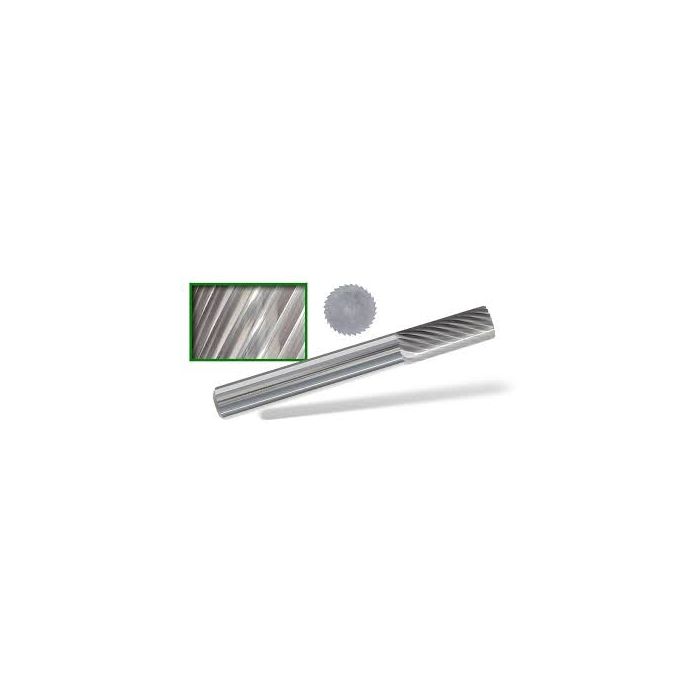Techniques For Selecting The Ideal Handyman Near You
If you’re trying to find a local handyperson, you have likely a laundry set of things around your own home that require fixing. After all, that’s why you’re trying to find a fixer-upper initially.
But wait, how do you find the appropriate guy-or gal-for the work? How can you make certain they’ll show up, repair what should be fixed, rather than leave your house worse than before?

Here are some ideas regarding how to be sure to hire the best handyman towards you:
Customer testimonials
It might help in the event you also checked out the volume of reviews each contractor has. You want to visit a lot of reviews that are positive plus a low quantity of negative ones. You might look into why there are just a couple of reviews. It may imply that the business is completely, or maybe it’s simply not very well liked among customers. When viewing the common rating for each company, it’s necessary to make certain that many people are content with the work they do and will return for more business down the road. Finally, when examining what number of reviews that are positive are compared to negative ones, find about the 4:1 ratio (positive: negative). What this means is virtually all customers were delighted by what they got off their experience working with this kind of contractor or handyman close to you.
Reviews
Testamonials are a great way to receive an thought of the standard of service an organization provides. While reading reviews is a good idea, you should look at a couple of things before deciding.
Look at both negative and positive reviews: It’s important to never give attention to one for reds and other but instead seek out patterns in people’s experiences.
If possible, read reviews from those who have used their helps before: When examining reviews for almost any company, it’s always advantageous practice to watch out for folks who suffer from used their helps recently in contrast to those who are giving their first impressions after using them maybe once or twice. This will allow you better comprehension of how well they perform with time and whether they’ve improved or otherwise as time passes also.
Reviews can assist you decide: When scouting for between companies offering similar services determined by cost and coverage area alone, use reviews being an additional unit and additional circumstances for example experience and expertise level among workers (if applicable).
Handyman cost
The next thing in hiring the appropriate handyman is considering the cost. Many people think hiring a handyperson is obviously expensive, which can be false since you can find a great deal on leasing a do-it-yourselfer, based on what you need to do. The length and complexity of the job determines how much your cost will probably be.
The normal cost for repairs and maintenance services is around $50 – $100 each hour. In case your project requires more time, then there could be not a problem with paying more money!
Hourly pricing
Hourly cost is an excellent option for small jobs, such as changing the batteries within your smoke detector or repairing your leaky faucet. It’s also perfect prefer a handyperson only one time in a while, like when you’re hosting a party and would like to ensure everything looks nice.
Hourly pricing isn’t the best choice for bigger jobs, though. When you have something needs to be done regularly-like replacing new siding every several years or building an addition to your house-hourly pricing will definitely cost a lot more than it helps save with there being likely areas of those projects which can be much longer than the others. When this happens, flat-rate quotes can save you money since they distributed the overall cost across multiple phases of work as an alternative to charging per hour invested in each task.
Service coverage
Service coverage is a consideration, because it determines how long far from the actual service provider will to search. Finding a partner who offers local services could be ideal should you only need basic repairs like hanging a curtain rod or installing a fresh toilet seat. However, hiring someone from another city or state may be valued at considering if the home requires more extensive repairs-or if your prices are tight.
Service providers also can offer various kinds coverage because of their service areas. Some companies may provide services within their city or county. In comparison, others extend their reach further in to the surrounding region but still charge clients precisely the same flat rate where ever they live (including those that offer nationwide coverage). When possible, check into how far away each company’s personnel are happy to travel before making any decisions so that all relevant parties can understand just what form of commitment they’ll need to make when family interaction on projects down the road.
Handyman ratings
Reviews, previews, reviews. You can’t get it wrong with customer testimonials, if a company has been in existence for lengthy enough, you’ll discover that they’ll have some (if they don’t, why wouldn’t you believe in them?).
How many projects were completed? This is an excellent approach to observe how well they’ve performed during the past with clients just like yours.
The amount of repeat customers have they got? If the project goes well and you also enjoy dealing with them enough to hire them again, it’s nice knowing there’s an option to use their helps again.
Reputation matters! The same as restaurants have to be rated from the health department before checking shop in any location, so too should handypersons ensure their job meets specific standards prior to being allowed into our homes as pros who may result in damage or injury as a result of carelessness or lack of knowledge about proper health concerns when working inside someone else’s home environment.
If you wish to find the right handyman close to you, consider these factors prior to hiring.
It will be better to take a look at reviews, costs, restore coverage before hiring a handyperson.
Reviews
The best way to find the right handyman near you is by investigating reviews. You can find their reliability by reading what previous customers have said on them. Since there are several kinds of work that the handyman does, it’s essential to make certain you read reviews from folks who suffer from hired them for similar projects since your own.
Cost
It would be recommended that you wentreview the estimated costs of hiring someone prior to signing contracts using them. By doing this, you’ll understand how much it’ll cost you to accomplish assembling your project without surprises over the way-and no unexpected bills!
Conclusion
As you have seen, there are numerous approaches to obtain an excellent handyperson in your area and also the world. Once you’ve opted for contractor, don’t forget to write down a handyman review-you’ll be helping your community by ensuring people have access to the correct information when the time comes for them to hire someone. Start your pursuit today!
For more info about Handyman check out this website





